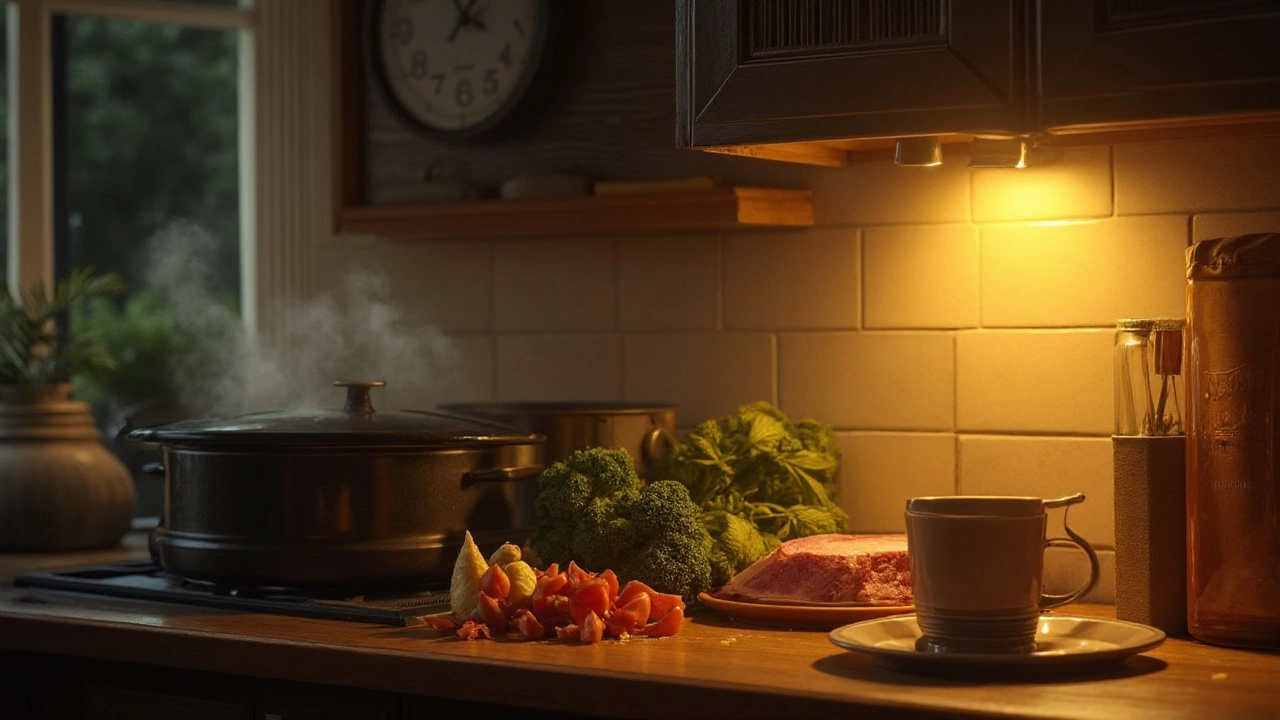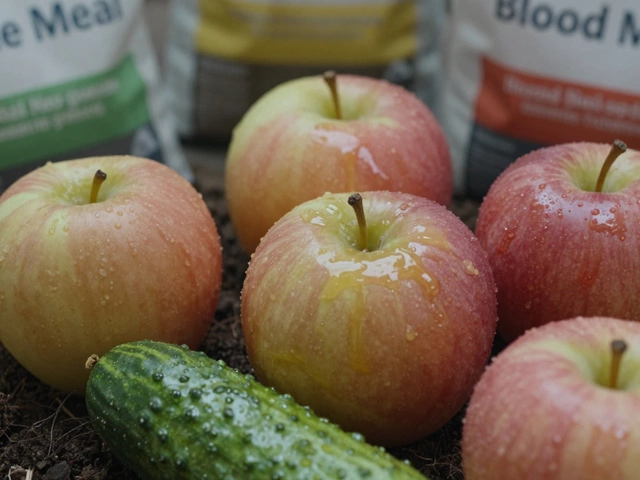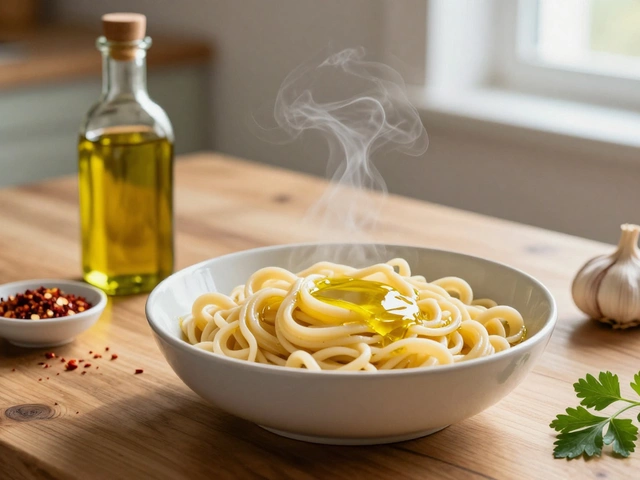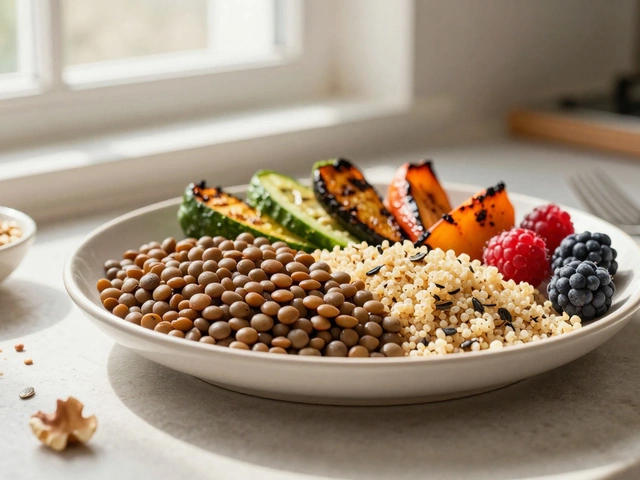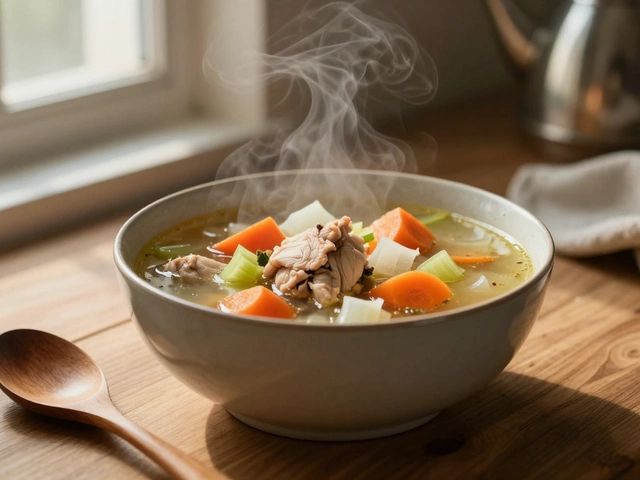You’d be surprised at how many people have stumbled out of bed at three in the morning, suddenly doubting if that pot roast is about to turn into a science experiment. Slow cookers seem to promise hands-off magic, which makes the whole idea of leaving meat in the crockpot on warm overnight super tempting. But before you drift off dreaming about pulled pork sandwiches, it’s worth knowing what’s really happening inside that cooker—because it’s not always as safe as you think. Spoiler: crockpots aren’t foolproof, and just flipping that dial to “warm” can sometimes mean toeing the line between safe and sketchy.
How Does the Crockpot’s Warm Setting Work?
Here’s the deal: most modern crockpots have three common settings—low, high, and warm. When you set the dial to “low” or “high,” you’re cooking food at a consistent simmer, somewhere around 77°C to 99°C (170°F–210°F). This is hot enough, for long enough, to kill off most bacteria. But “warm” is a whole different beast. That setting usually keeps things hovering between 60°C to 74°C (140°F–165°F), though the actual temperature can be all over the place, depending on the crockpot brand or even how packed full it is.
Now, 60°C (140°F) is the generally accepted “safe zone,” the lowest temp at which bacteria that can make you sick stop multiplying. But—and here’s the kicker—the FDA recommends keeping hot food above that threshold at all times. Any dip below, even just for a couple of hours, gives stuff like salmonella or staph the green light to grow, which can kick off a nasty round of food poisoning.
Not all crockpots are created equal, either. A study from the University of Nebraska tested several brands and found some dropped below 60°C on warm after a few hours, especially if the lid was loose. If you pile your slow cooker full or there’s a power flicker overnight, your roast might not just cool off—it could be marinating in bacteria city by morning.
Perks and Risks of Overnight Slow Cooking
Leaving meat slow-cooking overnight isn’t automatically a recipe for disaster. Plenty of folks swear by the convenience, especially for big family meals or pulled meats that need hours to break down. Low-and-slow gives tougher cuts amazing tenderness. When you start cooking in the evening and let it go through midnight, meat soaks in flavors, and dinner’s ready the next day, zero hassle.
But here’s the snag: the danger zone. Overnight, you’re not likely to check your slow cooker, so you have no idea if the temp suddenly drops thanks to an overloaded pot or a short power outage. If everything works perfectly—meat is cooked through, and warm setting holds at 60°C or above—it’s technically safe. But get one variable wrong, and you could wake up to a meal that looks fine but is crawling with germs you can’t smell, see, or taste.
That “smells okay, must be safe” myth is persistent but dead wrong. Foodborne bacteria like Clostridium perfringens and Bacillus cereus don’t always give you warning signs. According to the CDC, these guys can thrive between 4°C and 60°C (40°F–140°F), so erratic crockpots give them the perfect playground if you’re not careful about timing, temp, and food quantity. In the worst cases, you’ll spend the next day getting way more familiar with your bathroom than you wanted.
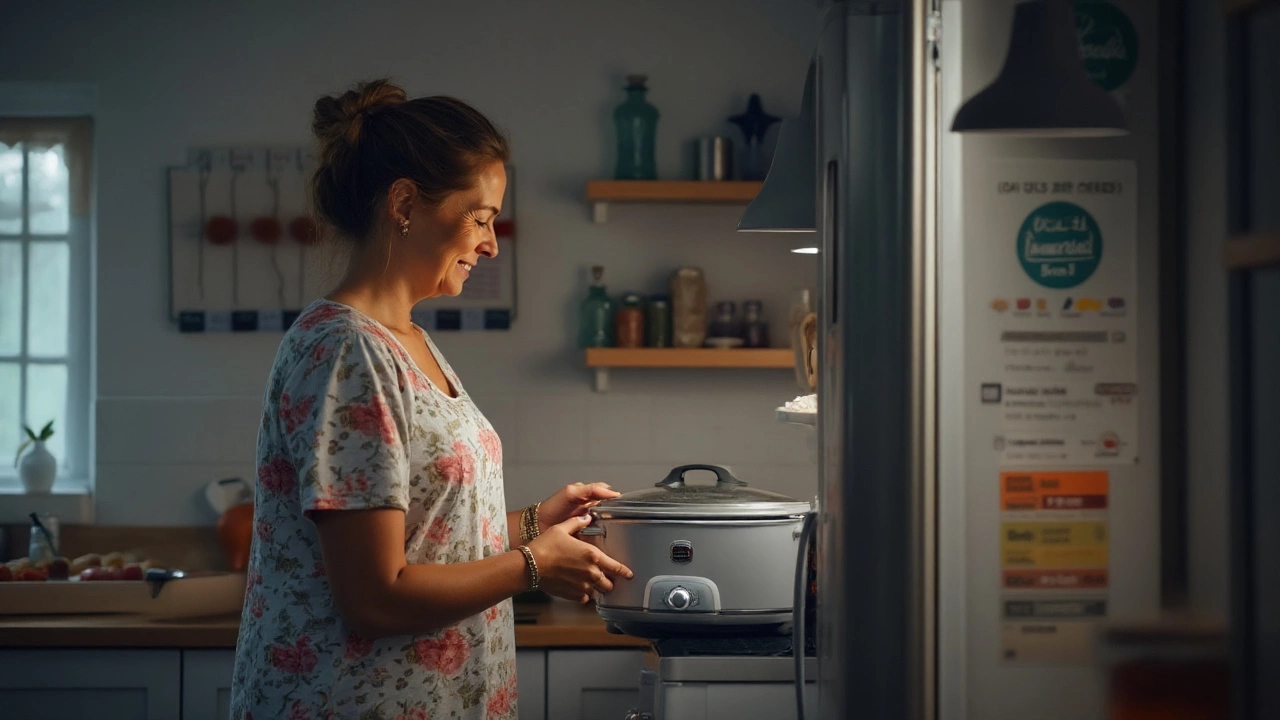
Myths About Crockpot Safety Busted
Some people were raised to believe that anything kept warm is fine forever, or that a slow cooker is basically a food safe locked by design. But let’s break down what really matters. First, “warm” is just maintenance—that setting isn’t meant to actually cook food or bring undercooked meat up to a safe temp. If your chunk of pork isn’t already fully cooked and piping hot, letting it linger on “warm” for hours isn’t going to make it any safer.
Second, reheating is not a get-out-of-jail card. Say you come back in the morning, suspicious your slow cooker might have gotten too cool overnight. Cranking it back up to high won’t always save the day if toxins have already developed. The heat can kill living bacteria, but some toxins are heat-stable, which means you can’t cook them away. So you might nuke the bugs, but their mess stays behind, still dangerous.
The final myth—the more you pack the slow cooker, the better. Nope. Overfilling slows down cooking time, which can keep the food in the danger zone longer. Experts at the USDA and food safety researchers in New Zealand both warn that stuffing your crockpot can cause hot and cold spots inside your food, leaving parts cooked while others are barely warm.
How to Keep Meat Safe in the Crockpot Overnight (If You Must)
So, what if your schedule demands overnight cooking, or you just can’t resist the promise of waking up to ready-to-shred brisket? Here’s how to tilt the odds in your favor. Start by cranking up your crockpot to high or low and letting the meat fully cook through before you ever set it to warm. The “warm” setting is just that—a way to keep already fully cooked food hot, not cook it.
- Use a kitchen thermometer to check the internal temp of the thickest part of your meat before switching to warm—aim for at least 74°C (165°F) to be safe.
- Resist overfilling the pot. More stuff inside means it’ll take longer to heat up. For best results, keep it below the two-thirds line marked on most crockpots.
- Keep the lid on tight. Every time you peek, you cool everything down and let more bacteria-loving air in.
- If you know your area is prone to power flickers, plug the slow cooker into a surge protector that alerts you or shuts off altogether if something goes wrong.
- Don’t leave cooked meat on warm for more than 4 hours, even if the temp stays above 60°C (140°F). That’s the max safe limit recommended by the USDA, and it’s the one time being a stickler might save you an ER visit.
- If you wake up and you’re suspicious it cooled off too much, don’t risk it—toss it. It sucks, but food poisoning will cost you way more than a new roast.
There’s a reason that slow cooker manuals and every food safety authority from Auckland to Alaska repeat the same advice. If you want your food to be both tasty and safe, you can’t skip checking the temp.
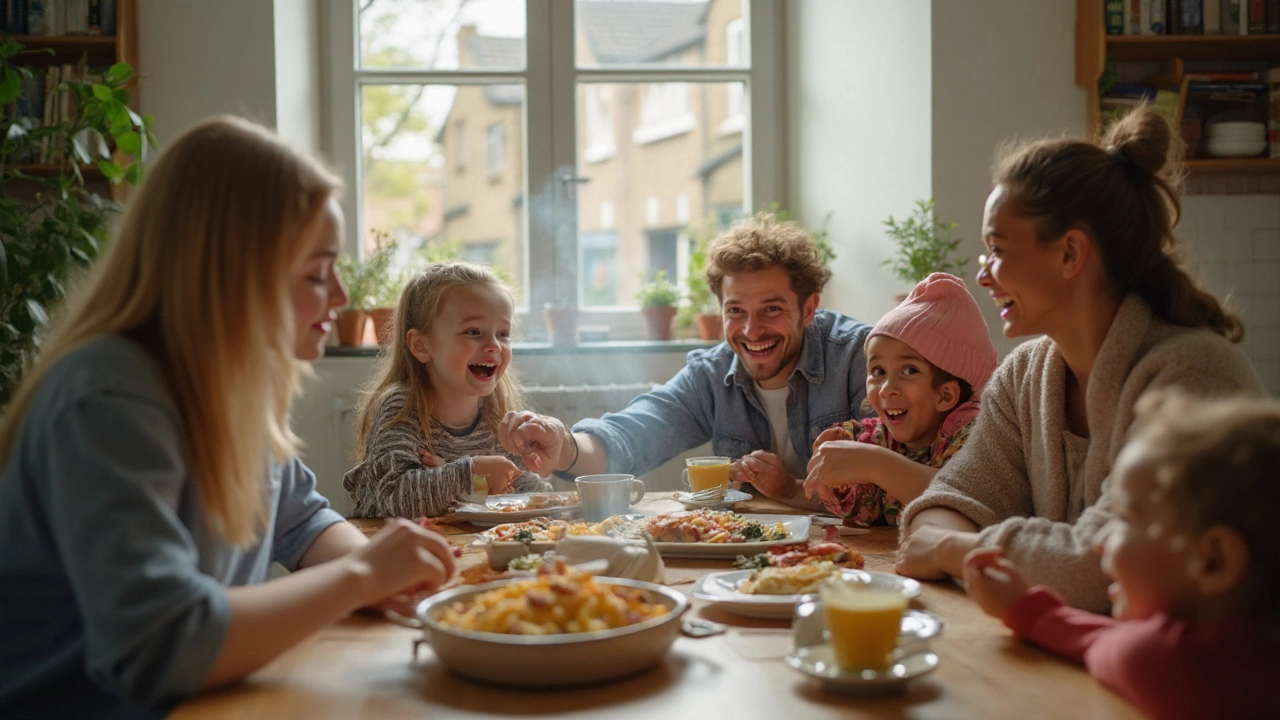
Trouble-Free Homemade Options and Alternatives
If the risks still make you itch, there’re ways to get the best of both worlds. One is to start cooking in the morning or during the day when you’re around to keep an eye on things. Most crockpot recipes reach that rich, fall-apart level in 6–8 hours, even on low. If you want dinner ready in the morning, you can time it so you start at 11 pm and set an alarm to transfer the food to the fridge just as the slow cooker finishes up.
Some modern slow cookers have built-in timers or WiFi so you can check the status or automatically switch off from your phone, even if you crash before midnight. High-tech, sure, but they actually keep things safer because they let you control temps at a distance. After cooking, let the food cool for a bit, then stash it in shallow containers in the fridge right away. Don’t let it sit out on the counter for future bacteria party hours.
If your main reason for warming overnight is batch cooking, try making the meat ahead of time when you’re awake, and reheat thoroughly at mealtime. Honestly, microwaves, ovens, and stovetops all do a solid job at reheating, as long as you get every bite back above 74°C (165°F).
Last thing—don’t scrimp on food safety basics. Wash your hands, utensils, and cooker insert before and after handling raw meat. Use separate cutting boards. That’s not just grandma talk; it’s a proven step that saves a lot of stomach aches.
So, can you leave meat in the crockpot on warm overnight? Sure, but only if you’re confident your cooker keeps food above that magic leave meat in crockpot overnight threshold, and you took care to properly cook everything before you even consider switching to warm. And if things ever seem off, don’t gamble with your gut—throw it out, and start again.
